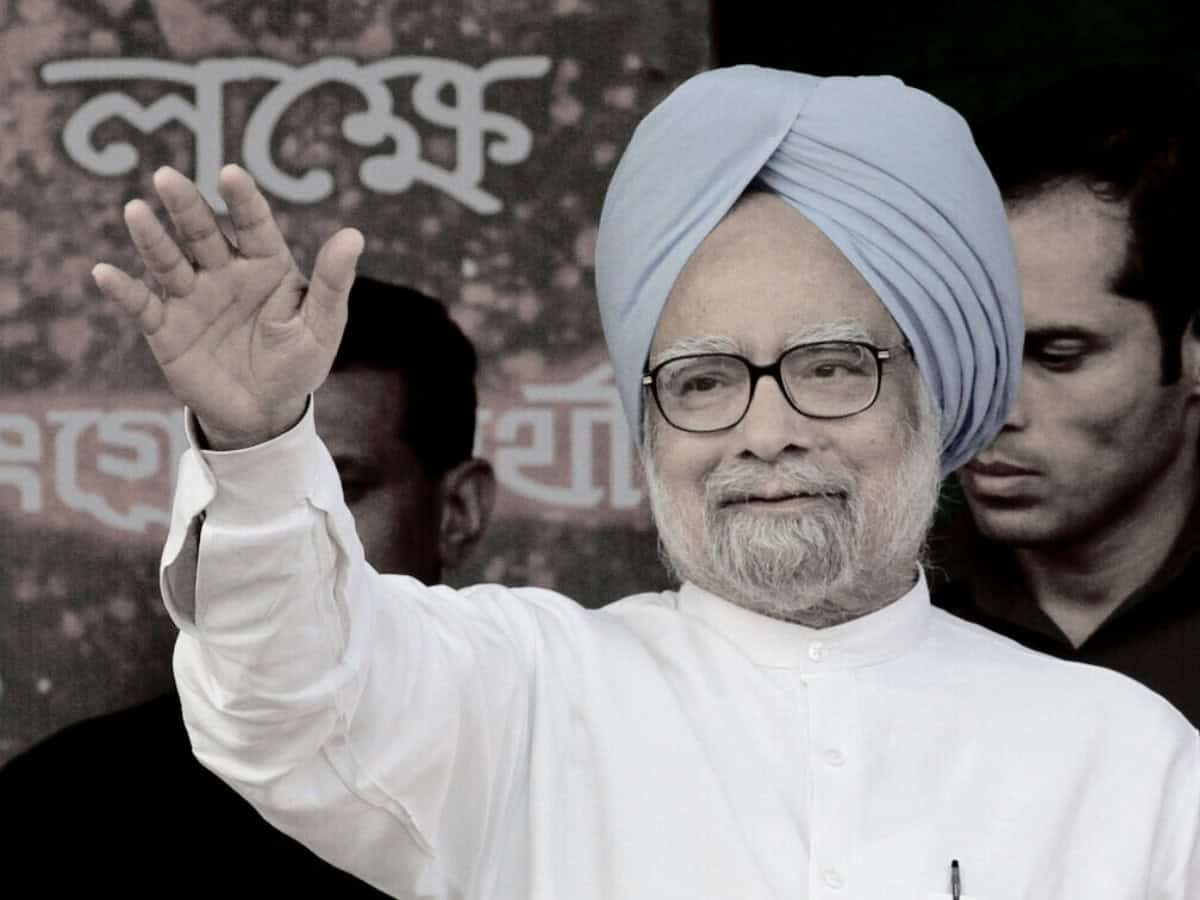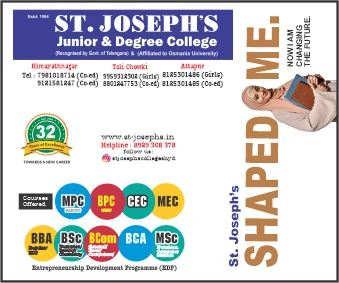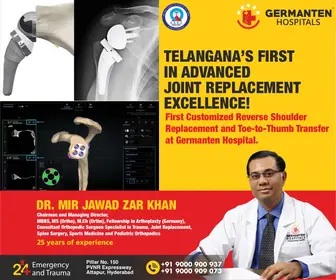
By Shayan Bisney
“Respected, Regarded, Remembered”. These were the words used by India Today in its tribute to former Prime Minister Dr. Manmohan Singh.
As a citizen who lived through the years of Dr. Singh’s tenure as Prime Minister of India from 2004-2014, one cannot help but look back to his contributions to take our country to where it is today.
When news broke of Dr. Singh being rushed to AIIMS, Delhi on the night of 26th December 2024, it honestly did not look good. Even before the medical bulletin of Dr. Singh’s demise was released by AIIMS, tributes to Dr. Singh already started pouring in on X (Formerly Twitter).
Dr. Manmohan Singh had a history of health-related ailments but that never stopped him from working and pushing himself to always give his best for the betterment of his beloved country. Even during his tenure as Prime Minister, doctors had advised him to reduce his work load but he refused to do so knowing very well what his responsibility to the nation truly was.
It is a dream for any student to go to the best college to get the best education. Dr. Manmohan Singh did his BA, MA from Panjab University, BA from St. John’s College, Cambridge and his DPhil from Nuffield College, Oxford. Yes, one determined young man who was a victim of partition managed do study all of this and always top his class.
In 1962, Pandit Jawaharlal Nehru offered a position to Dr. Singh in his cabinet but he refused on the grounds that he preferred being an academician. It was this early on that his talent was spotted.
In “The Accidental Prime Minister: The Making and Unmaking of Manmohan Singh” a book authored by Sanjaya Baru, media advisor and chief spokesperson (PMO) from May 2004 – August 2008, he termed Dr. Manmohan Singh to be an “accidental” prime minister. The word accidental need not always be used in a negative context.
P.V. Narasimha Rao’s Finance Minister
In June 1991, Dr. Manmohan Singh was not the first choice of former Prime Minister P.V. Narasimha Rao to be his finance minister. His first choice was Dr. Singh’s predecessor as the RBI Governor, Indraprasad Gordhanbhai Patel. I.G. Patel refused the job which made Narasimha Rao request Dr. Singh to take up the job as his finance minister. If it wasn’t for Dr. Singh opening the doors of our economy and taking the bold steps that he did as finance minister, India would still be locked in the chains of the License Raj.
It is important to remember that Narasimha Rao was leading a minority government. It took real guts and determination to steer India through such drastic reforms. Rao – Singh avoided a financial emergency being declared under Article 360 of our Constitution with their bold vision for India which has taken India to global heights. This was in a sense the first “accident” of Dr. Singh’s public life. One can look back and see the rewards this brought to our nation.
UPA I: 2004-2009
In 2004, the Congress under the leadership of Sonia Gandhi secured 145 seats in the Lok Sabha elections. This came as a shock to the nation and the party itself as they did not expect to do as well as they did. The default choice to be prime minister was Sonia Gandhi. Sushma Swaraj in her fiery speech in the Lok Sabha said that she would go bald if Sonia Gandhi would become Prime Minister of India. Her Italian origin was a real issue that the UPA alliance, particularly the Congress party needed to tackle.
What Sonia Gandhi did next truly changed the face of modern India. Between party veterans like Pranab Mukherjee, P. Chidambaram, Shivraj Patil, A.K. Anthony, Natwar Singh and many others, Sonia Gandhi went with the soft-spoken technocrat in Dr. Manmohan Singh. A Christian of Italian origin gave way to a Sikh to become the first Sikh prime minister of India to be sworn in by a Muslim President (Dr. A.P.J. Abdul Kalam) in a country with a majority of Hindus. India had never seen something like this before and looks unlikely it will anytime soon.
This was the second instance of his life where he held public office by “accident”. It is important to remember that Dr. Manmohan Singh continued to remain a member of the Rajya Sabha from Assam and did not contest the Lok Sabha elections. The only time that Dr. Singh contested the Lok Sabha elections was in 1999 from South Delhi where he lost to VK Malhotra of the BJP.
UPA I under Dr. Singh saw remarkable economic growth and major legislations being passed which reaped volumes for the growth of our nation. With his economic vision and foresight, for the first time, India had lifted 10 million people out of poverty.
In 2008, Dr. Singh’s credibility as a leader of a coalition government reached its peak during the vote of no confidence in the Lok Sabha in light of the Indo-US nuclear deal. The communist parties with 59 MPs in the Lok Sabha withdrew their support to the UPA government. This deal was so important for India and also for the relationship between USA and India that Dr. Singh did not take a u-turn and stood his ground.
Dr. Manmohan Singh took Amar Singh of the Samajwadi Party into confidence and won the motion of confidence. This move of Dr. Singh showed that when it came to the progress of the nation, he did everything in his power to push through reforms.
Various importation legislations like the Right to Information Act, 2005, MGNREGA Act, 2005, Domestic Violence Act, 2005 were passed during UPA 1.
UPA II: 2009-2014
Dr. Manmohan Singh had become a darling of the Indian middle class with his reforms of UPA I. They truly believed that they were living the idea of Achhe Din without being told about the same. With the help of the Indian middle class that Dr. Singh strengthened, UPA II returned to power in 2009 with a greater majority but still with a coalition government.
UPA II saw a total shift from UPA I with this government being accused of rampant corruption by the opposition and civil society groups lead by Anna Hazare. There were rampant speculations of him stepping down and making way for Pranab Mukherjee to become the Prime Minister towards the latter period of UPA II and him being elevated to the office of President of India.
On the backdrop of various scandals of corruption, the UPA alliance was whiped out in 2014 by the Narendra Modi led BJP. Dr. Singh stepped down as Prime Minister but continued to serve as a member of the Rajya Sabha.
Personal Opinion
As someone who spent the early years of his life in his tenure as Prime Minister, the light blue turban of Dr. Singh brought a sense of calm and dignity to the office he held. As a young child one would see him as a leader who would be quite but firm, determined and mature to handle various stakeholders and take everyone along with him in all his decisions.
He was the leader of a coalition government and had to take everyone along as the life of his government was always on the line. In all these years of following Dr. Singh, I never witnessed an episode where he personally attacked anyone. After Pandit Nehru, perhaps the next politician who is always targeted online, in news studios and in private conversations was Dr. Singh. Yet, Dr. Singh always maintained a dignified silence and did not find the need to go to a podcast to justify his actions.
I personally believe that Dr. Singh should have contested the Lok Sabha elections in 2009. He would not only have swept the elections but it would have added a further stamp of approval as he would be regarded as a Prime Minister voted by the people. This in a sense was a lost opportunity and questions about his leadership rose during UPA II.
I also do believe that in 2011-12 when speculations of him being replaced by Pranab Mukherjee were rampant, he should have given way to Pranab Mukherjee to lead the country and accept the role as President of India. This would have brought a fresh face to the voters and also not result in the harrowing loss that the Congress faced in the 2014 elections.
In his tenure as Prime Minister, several young leaders like Sachin Pilot, Jyotiraditya Scindia, Jitin Prasada, RPN Singh and many more got an opportunity to learn and grown under his leadership getting key ministries in his government. Many of them have gone to the other side of the political spectrum but continue to have huge respect and admiration for him. This in a sense was a truly remarkable quality that he had.
Dr. Singh came from a different ilk. It is people like him who end up being regarded as statesmen, not by themselves but by the people who believed in his ideas and everything that he did for the county. I believe his portrait still hangs in St. John’s College, Cambridge which shows how deeply his work has influenced students and people around the world.
His last public appearance in the Rajya Sabha was on 7th August 2023 where he came on a wheelchair to vote for the National Capital Territory of Delhi (Amendment) Bill, 2023. He looked frail yet he thought it was his duty as a member of the Rajya Sabha to exercise his vote. This image was truly admired and respected by the citizenry of India. Perhaps it also was a moment to reflect on everything that was said about him and his tenure as Prime Minister over the past 10 years.
He was confident that history would be kinder to him than the media and the opposition. I am confident that India would be so as we have truly lost a gem, scholar and a decent human being. He was a great son of a great nation. India and the world will truly feel different without him.
I hope more people are made aware of his historic contributions to the country and echo the same with true facts in public discourse.
(The author is a Hyderabad-based advocate. Views expressed are of his alone.)



